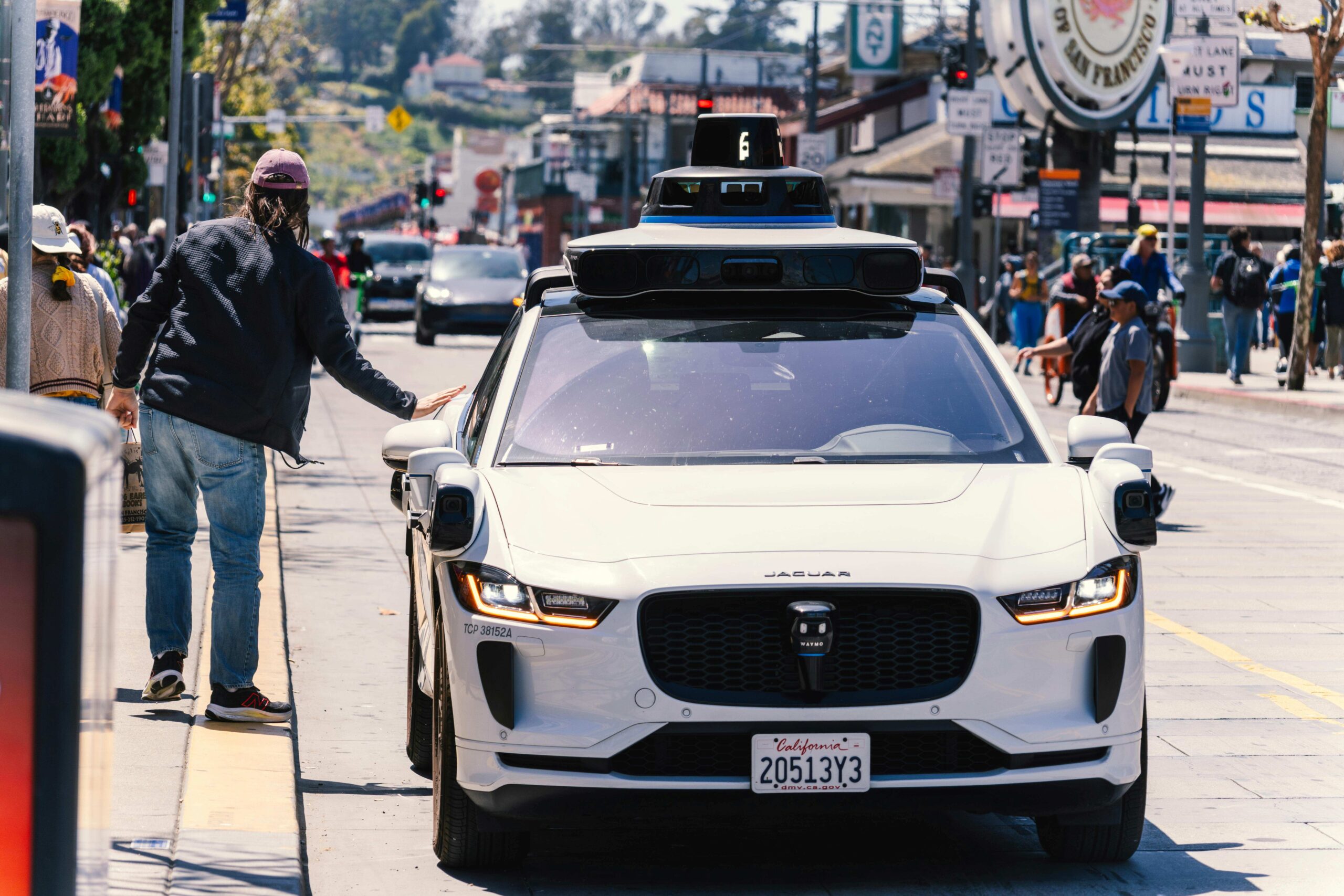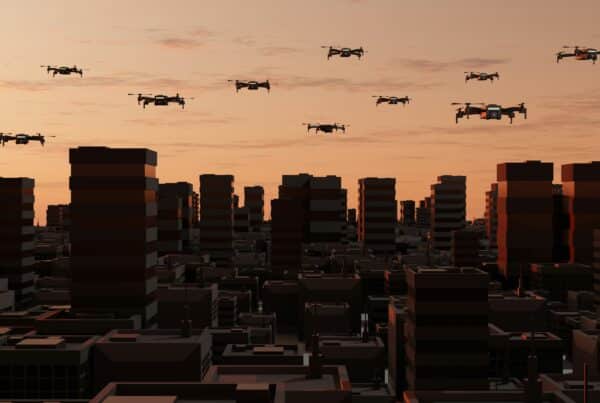The Era of Paid Robotaxi Rides Has Begun
After years of pilots and limited trials, robotaxi services are finally transitioning into commercial reality. In Las Vegas, fully autonomous rides are now available to the public. Not as experiments, but as regulated, paid services that are part of the urban mobility landscape. This milestone signals a shift in focus. The competition is no longer about proving whether the technology can work. It is now about whether the business model can scale profitably while earning the trust of regulators and passengers alike. Key Trends Shaping the Market:
Commercial Rollouts Are Accelerating
- Zoox launched robotaxi rides in Las Vegas in September 2025.
- Several global cities, including Beijing, Shenzhen, and San Francisco, are advancing toward regulatory approval for paid autonomous ride-hailing.
- Analysts project the global robotaxi market could exceed $50B by 2030, with annual growth above 20%.
Business Models Are Being Tested
- Operators are experimenting with per-mile fares, subscription-style mobility plans, and bundled mobility-as-a-service offerings.
- Fleet utilisation rates of 40–60% are viewed as critical to achieving profitability.
Public Trust and Regulation Remain Central
- Safety, liability, and transparency are still the primary barriers to adoption.
- Strong partnerships with regulators, municipalities, and insurers are evolving into key differentiators — not just compliance requirements.
Customer Experience Defines the Value
- Passengers increasingly care less about autonomy itself and more about safety, comfort, and reliability.
- New efforts are being tested: loyalty programs, seamless app integrations, and connections to broader multi-modal mobility ecosystems.
Challenges Ahead
- Unit Economics: Autonomous fleets still require heavy capital and operating expenditure.
- Fleet Utilisation: Managing empty miles, uneven demand, and constrained service zones adds cost pressure.
- Regulatory Patchwork: Inconsistent policies across regions risk slowing global scaling.
- Public Perception: High-profile malfunctions could quickly erode confidence.
What This Means for Sales and Business Development
For those building partnerships and revenue models in mobility and robotics, the commercial rollout of robotaxis brings both opportunities and risks:
- Partner with Cities: Position services as solving traffic, sustainability, and congestion challenges — not just moving people.
- Sell the Ecosystem: Robotaxis require far more than vehicles. Fleet operators need roadside sensors, 5G connectivity, teleoperation systems, insurance frameworks, and robust fleet management software.
- Experiment with Pricing: Subscription mobility packages, off-peak incentives, and corporate fleet offerings could open new revenue streams.
- Build Trust Through Experience: The ultimate differentiator is not the autonomy itself, but the rider’s perception of safety, reliability, and convenience.
The commercial era of robotaxis has started. The question is no longer if they will roll out, but how they will scale and which business models will endure.
What do you think will be the defining success factor for robotaxis over the next three years – economics, regulation, or customer trust? Share your thoughts with Bobby at bobby@akkar.com and join the conversation on the future of mobility.







